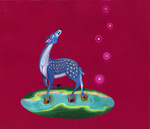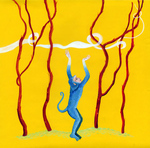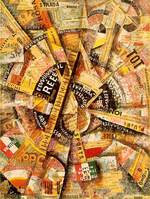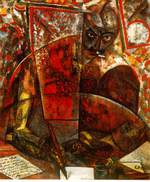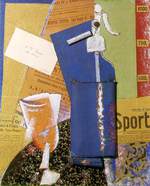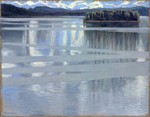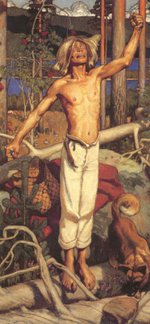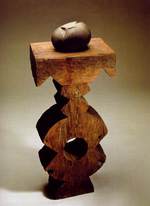Featured Artist at the e.Gallery: Giovanni Domenico Ferretti

|
Featured Artist at the e.Gallery this week is a 18th Century artist, Giovanni Domenico Ferretti [Italian, 1692-1747] Link: http://fineart.elib.com/fineart.php?dir=Alphabetical/Ferretti_Giovanni_Domenico Giovanni Domenico Ferretti (Giandomenico), also called Giandomenico d’Imola (1692–1768) was an Italian Rococo style painter from Florence. According to the contemporary Giovanni Camillo Sagrestani, Ferretti was a pupil of the Bolognese painter Giuseppe Maria Crespi. Others say he worked with painter Giovanni Gioseffo dal Sole. |
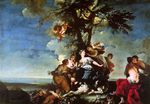 The Rape of Europa |
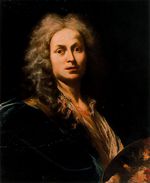 Self-Portrait of Gian Domenico Ferretti |
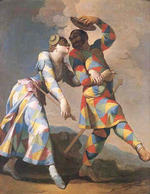 Arlecchino / Harlequin and Colombina |
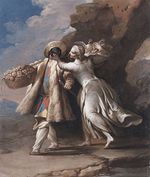 Arlequín campesino |





